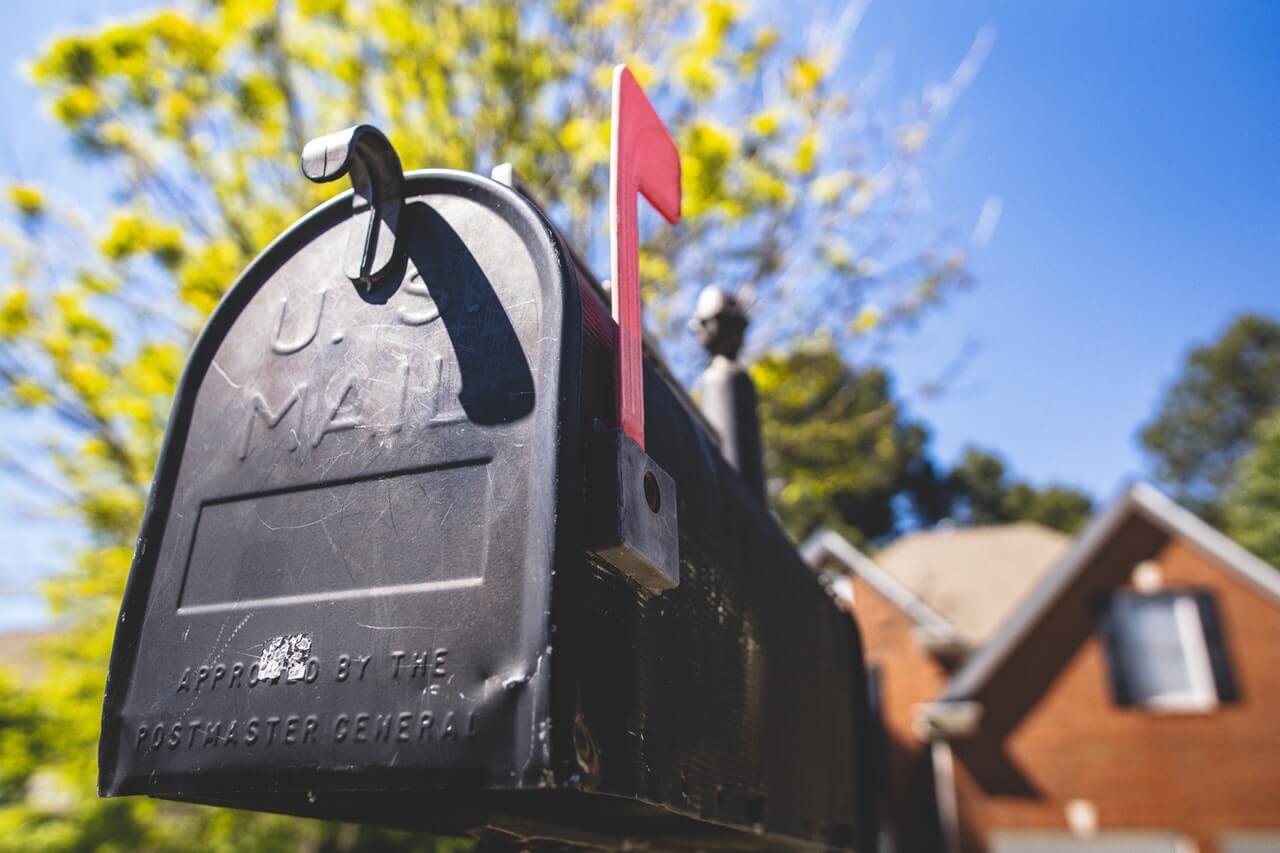_5.jpg)
As a landlord, you should always collect a security deposit from a tenant when they are first moving in. Security deposits are refundable at the end of a rental or lease term. However, you can also withhold a tenant’s security deposit to cover for things like unpaid rent or repair costs for tenant-caused property damages.
That said, what happens if the tenant’s security deposit doesn’t cover all the unpaid rent amount or damage costs?
That’s what we’ll look at in this post!
Here is what you can do if the deposit doesn’t cover all the unpaid rent or damages:
1. Let your Tenant Know
If you are planning to withhold the tenant’s security deposit, you must let them know. In state of California, you’ll have 30 days to do so.
In the notice, you must state the following:
- The amount of security deposit you received from them at the beginning of tenancy.
- The itemized list of deductions. If you have already made the deduction on the deposit, you must provide your tenant with documents and receipts indicating the actual charges incurred.
- If the work is ingoing, the deductions you have made must be a good faith estimate relative to the cost of the work.
- The security deposit amount you’re returning to the tenant.
By doing this, your tenant will get a clear understanding of why they won’t receive their deposit back.
If the deposit is sufficient to cover your damages, then great. However, if the damage is beyond the security deposit, then you should send the tenant a demand letter for damages.
2. Send Them a Demand Letter
The purpose of doing this is to ask for a payment from the tenant for the amount beyond their deposit.
Here’s what to do for effective results:
- Type the letter. Don’t write the letter by hand. It will look more professional to have it typed out.
- State detailed facts. State what the tenant is liable for by including an itemized list of damages.
- Be polite. As much as you have a right to be angry, avoid personally attacking the tenant.
- Ask for exactly what you want. Don’t go round in circles. If it’s $2,000 you want in monetary damages, then ask it.
- Set a deadline. Give your tenant a certain date to respond. A week is typical.
- Be clear and firm. Let your tenant know that you’ll pursue legal remedies if they don’t meet your demands.
- Make a copy. Make a copy of the demand letter for your own record keeping.
- Send the letter. Send the letter by regular or certified mail.

3. Consider Taking Up the Matter with the Small Claims Court
If your tenant responds to your demand letter and pays you the money requested, great.
However, if the demand letter goes unanswered, send it one more time. Be sure to attach the first letter with the second one.
If there is still no response, consider legal action by taking the matter to a small claims court. The court will listen to your case and rule accordingly. If the judgment is in your favor, then you’ll get the money owed to you.
Here are the risks and disadvantages of taking the case to a small claims court:
- It is time-consuming. Preparing the case, organizing the evidence, researching the process, and attending the court hearing will be a time-consuming process.
- You may lose money. Filing a case with a small claims court attracts a fee. The exact fee depends on the amount of money you’re claiming. It ranges from $30 to $75 in California. If the judgment doesn’t favor you, you’ll end up losing the filing fee.
- You may not be able to collect the money owed to you. Even with a successful judgment, it isn’t automatic that your tenant will pay you. If your tenant doesn’t have the funds, you’ll need to continue the case or wait until they are able to.
- You may not have sufficient evidence. You’ll need to have proper evidence to increase your chances of winning the case. For example, you’ll need proper documentation of how your property looked before and after the tenant moved out in the case of property damage.
- Your tenant may file a countersuit on you. If you haven’t played by the books, you may end up getting countersued by your tenant.
How to Prevent your Property from Excessive Damage
Prevention is better than cure! So, you want to do everything you can to prevent damages that exceed normal wear and tear in your unit.
The following are some tips to keep your property safe:
- Carry out regular property inspections. These will enable you to monitor your property’s condition, as well as how your tenant is treating it. So, make sure your lease mentions biannual or quarterly inspections. And before entry, make sure you have provided your California tenant reasonable notice.
- Do a proper walk-through inspection before the tenant moves out. The purpose of a walk-through inspection is to point out potential issues and allow the tenant time to fix them prior to moving out. If your tenant agrees to be present, make sure to provide them a 48 hours’ notice beforehand. California security deposit laws require it.
- Screen tenants properly. Tenant screening is your best strategy against renting to undesirable tenants. Run a background check, call prior landlords, check their employment and verify their credit.

Bottom Line
When a tenant moves in, you should collect a security deposit so that you have protection if they don't pay their bills or cause damage.
However, if the deposit doesn’t cover all the costs, here’s what to do:
- Let the tenant know
- Send them a demand letter
- Bring them to a small claims court
If this seems overwhelming and stressful, or if you're a new landlord, consider hiring a professional property management company. This will help you avoid a myriad of risks.
A good company will save you time, money and energy in the long run. Pinnacle Property Management has over 30 years of property management experience in Torrance, CA.
Get in touch to learn more!







